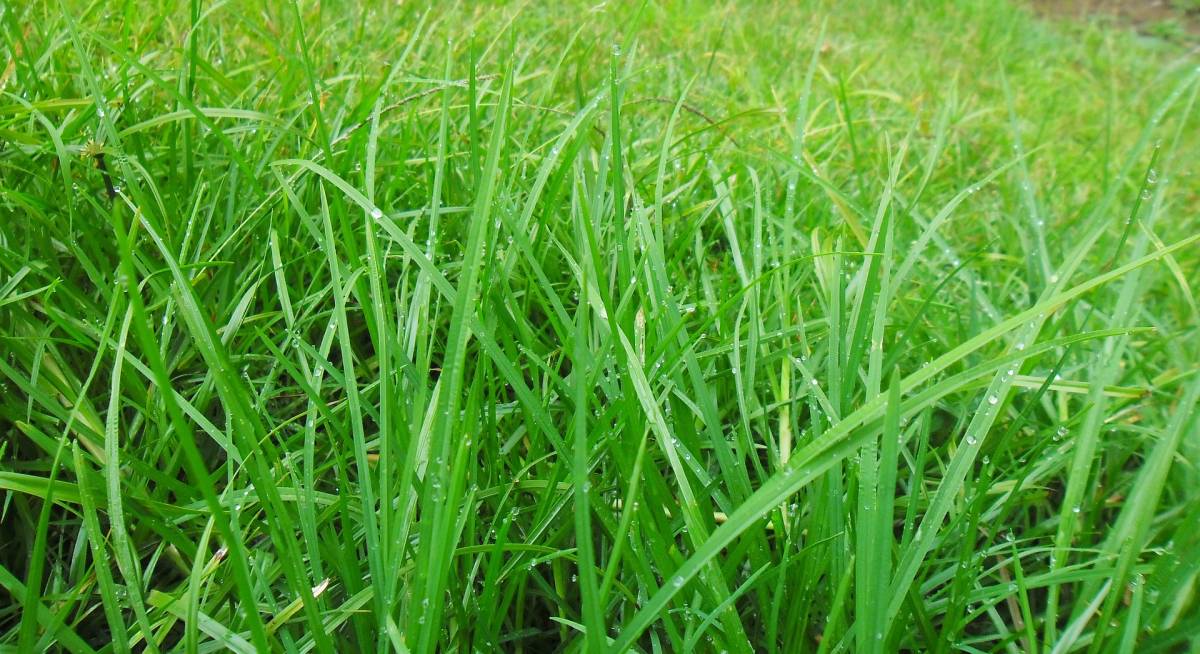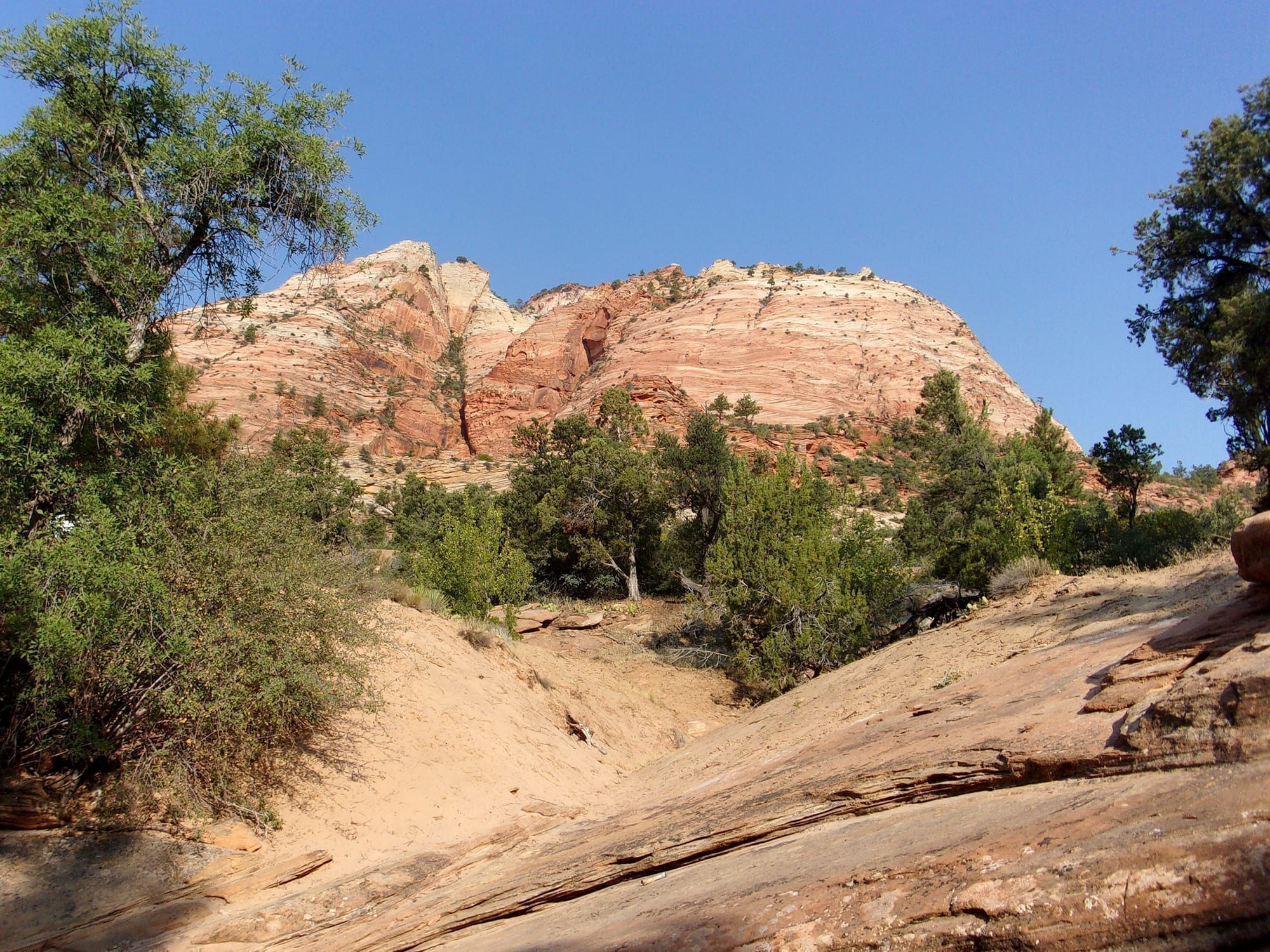
Living landscapes are so important to our communities, even during a drought. There are many ways to maintain a living landscape and still conserve water, but many people don’t realize that a living lawn is helping them, even when they are not “using” it.
You may think that a backyard barbecue or play area for your kids are the main uses for your lawn, but did you know that even when you are asleep, you are still using your lawn? Even if you are not camped out in a tent for a family overnight in the backyard and are inside your home counting sheep, you are still using your lawn.
The Outdoor Power Equipment Institute—the international trade association representing the small engine, utility vehicle, and outdoor power equipment manufacturing industry—points out that you are benefiting from your lawn in many ways.
“Many people don’t realize that their turfgrass is hard at work and they are ‘using’ it 24-7. You may not be outside all the time, but you are still benefiting from your lawn—even when you are asleep,” said Kris Kiser, president and CEO of OPEI. “Your lawn provides a wealth of environment and lifestyle benefits to you, and it enriches the community for everyone.”
There are several ways in which you are using your lawn.
Cooling down your home and your community
Because of concrete, asphalt, and buildings, air temperatures in cities, even after sunset, can be as much as 22 F warmer than nearby areas. This phenomenon is known as the heat island effect. Grasses, like those found in your lawn, dissipate radiant heat through a process called evapotranspiration that cools the air.
In one research study of surface temperatures, from 7 a.m. to 7 p.m., natural turf had the lowest average temperature of 78. Concrete and bare soil had average temperatures in the mid-90s. Asphalt had an average temperature of 98 and artificial turf (aka plastic grass) came in at a scorching 117.
Combating global warming by sequestering carbon
Turfgrass is the largest carbon sink in the country. Grasses remove about six tons of carbon dioxide per acre per year from the atmosphere.
Carbon sinks absorb from the atmosphere the greenhouse gas carbon dioxide, which is warming up our planet. It is estimated that up to 800 pounds of carbon per acre is sequestered by turfgrass each year. This results in 20 million tons of carbon being removed from the atmosphere each year in the U.S.
The dense canopy and fibrous root system in a lawn sequesters carbon so well that it outweighs the carbon used for maintaining the grass by as much as seven-fold.
You can even help your lawn sequester more carbon by leaving grass clippings on your lawn. Scientists have found that recycling grass clippings on lawns will sequester even more carbon.
Making oxygen and cleaning the air
Your lawn is an oxygen-producing machine. A turf area of fifty square feet will produce enough oxygen to meet the daily needs of a family of four.
Your lawn is hard at work cleaning the air you breathe. Research has shown that turfgrasses remove atmospheric pollutants such as carbon dioxide, ozone, hydrogen fluoride, and perosyzacetyle nitrate from the air. Grass also plays a vital role in capturing dust, smoke particles, and other pollutants that harm people.
Controlling water runoff and erosion
Your lawn functions as a sponge that traps water and prevents the water from running off into area sewer drains and carrying anything it collects along the way, like motor oil, dirt, or trash. This prevents flooding and soil erosion. Your spongy lawn cleanses the water it collects and breaks down harmful microbes and pollutants, keeping them out of the groundwater supply.
The grass filtration system in your lawn is so effective that rain water filtered through a healthy lawn is often as much as 10 times less acidic than water running off a hard surface like a sidewalk or hardscape.
Serving as a fire break
Living grass is the best natural fire break. Healthy turfgrass can be a significant deterrent to wild fires. Green grass retards the spread of wildfires because of its low fuel value, and it provides a defendable space around structures where firefighters can work effectively.
Reducing noise pollution
Grass cuts down on excessive sound, a growing problem in urban areas where hardscape and pavement reverberate sound. Grass slopes alongside lowered expressways reduce noise by 8 to 10 decibels.
To get more information and tips on maintaining your lawn, even under drought conditions, visit opei.org/stewardship.



